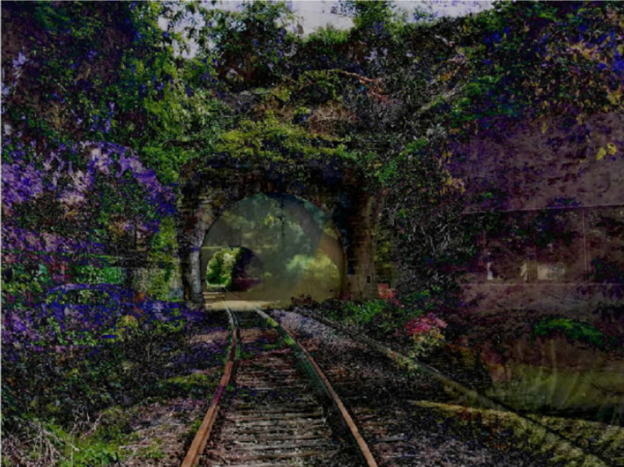Addressing for the first time how patent term adjustments (PTAs) interact with obviousness-type double patenting (ODP), the US Court of Appeals for the Federal Circuit concluded that when members of a patent family have different expiration dates due to PTAs, the earlier expiring family members can be used as a basis for an ODP invalidity challenge against the later expiring family members. In re Cellect, LLC, Case Nos. 2022-1293; -1294; -1295; -1296 (Fed. Cir. Aug. 28, 2023) (Lourie, Dyk, Reyna, JJ.)
Cellect owns several patents directed to devices with image sensors, such as personal digital assistant devices and phones. Each patent claims priority from a single application. None of the patents were subject to a terminal disclaimer, and each was granted PTA under 35 U.S.C. § 154(b) because of PTO delay during prosecution. Had the patents not been granted PTA, each one would have expired on the same date as the original application.
After Cellect sued for infringement, the defendant requested ex parte reexaminations and asserted that the patents were unpatentable based on ODP. During the reexaminations, the Examiner “determin[ed] that the challenged claims were obvious variants of Cellect’s prior-expiring reference patent claims” because “although the ODP invalidating reference patents form a network across the four ex parte reexamination proceedings, all invalidated claims can be traced back to the single family member [now expired] patent that did not receive a grant of PTA.” The Patent Trial & Appeal Board affirmed the Examiner’s finding. Cellect appealed.
The Federal Circuit began with the inquiry for determining unpatentability based on ODP and whether, in that context, a patent’s expiration date includes a duly granted PTA under 35 U.S.C. § 154. While the Court recognized that the relevant expiration date for an ODP analysis where a patent received a patent term extension (PTE) is the pre-PTE expiration date, the Court concluded that, in the context of patents that have received PTAs, the relevant expiration date for analyzing ODP is the expiration date accounting for the PTA regardless of whether a terminal disclaimer has been filed. The Court reasoned that when determining whether claims are unpatentable for ODP, PTA and PTE, they “should be treated differently” because each is governed by different statutes that were designed to address different circumstances. While both PTAs and PTEs were intended to recover lost patent terms, PTAs were designed to extend patent terms because of administrative delays in patent processing and preclude the extension of a patent term past a terminal disclaimer. PTEs were designed to extend a patent term because of regulatory delays in product approval and are not foreclosed by a terminal disclaimer. As such, the Court reasoned that not contemplating a PTA when analyzing ODP would “frustrate the clear intent of Congress” because “when a terminal disclaimer has been entered in a patent subject to PTA, no patent (or claim) may be extended beyond the disclaimed expiration date.”
The Federal Circuit next considered whether examiners are required to consider “equitable concerns” such as good faith when [...]
Continue Reading
read more

 Subscribe
Subscribe




